Stephen Harding - The Last Battle
Здесь есть возможность читать онлайн «Stephen Harding - The Last Battle» весь текст электронной книги совершенно бесплатно (целиком полную версию без сокращений). В некоторых случаях можно слушать аудио, скачать через торрент в формате fb2 и присутствует краткое содержание. Город: Boston, MA, Год выпуска: 2013, ISBN: 2013, Издательство: Da Capo Press, Жанр: military_history, на английском языке. Описание произведения, (предисловие) а так же отзывы посетителей доступны на портале библиотеки ЛибКат.
- Название:The Last Battle
- Автор:
- Издательство:Da Capo Press
- Жанр:
- Год:2013
- Город:Boston, MA
- ISBN:978-0-30682-209-4
- Рейтинг книги:4 / 5. Голосов: 2
-
Избранное:Добавить в избранное
- Отзывы:
-
Ваша оценка:
- 80
- 1
- 2
- 3
- 4
- 5
The Last Battle: краткое содержание, описание и аннотация
Предлагаем к чтению аннотацию, описание, краткое содержание или предисловие (зависит от того, что написал сам автор книги «The Last Battle»). Если вы не нашли необходимую информацию о книге — напишите в комментариях, мы постараемся отыскать её.
Based on personal memoirs, author interviews, and official American, German, and French histories,
is the nearly unbelievable story of the most improbable battle of World War II—a tale of unlikely allies, bravery, cowardice, and desperate combat between implacable enemies.
The Last Battle — читать онлайн бесплатно полную книгу (весь текст) целиком
Ниже представлен текст книги, разбитый по страницам. Система сохранения места последней прочитанной страницы, позволяет с удобством читать онлайн бесплатно книгу «The Last Battle», без необходимости каждый раз заново искать на чём Вы остановились. Поставьте закладку, и сможете в любой момент перейти на страницу, на которой закончили чтение.
Интервал:
Закладка:
JOHN T. KRAMERS
As interesting an experience as the Schloss Itter rescue operation might have been for the 103rd Infantry Division military-government officer, it was only one of many in John Kramers’s long career. He remained in the army after World War II, serving as a military attaché in the U.S. embassies in Finland, Egypt, Algeria, and Ethiopia, among others. His last assignment was as the garrison commander at Fort Indiantown Gap, Pennsylvania, and he retired from the army in 1967 as a colonel. After obtaining a degree in business from the University of Pennsylvania, he worked as a financial advisor, retiring in 2004. I am pleased to say that he was alive and well at age ninety-five at the time of this writing.
THE 142ND INFANTRY REGIMENT SOLDIERS
After rejoining their unit following the relief of Schloss Itter, the four GIs were told that they would be put in for decorations stemming from their actions in the battle, but none ever received an award. The four men eventually returned to the United States and, like millions of other former service members, got on with life. Unfortunately, for three of the four all I have been able to discover about their postwar lives are the dates and places of their deaths: Alex Petrukovich, Illinois, November 1973; William Sutton, Wisconsin, June 1979; and Alfred Worsham, Kentucky, June 1993. Arthur Pollock, on the other hand, is alive and remarkably well at the time of this writing: eighty-eight-years-old and in good health, and working five days a week in the family business.
THE 23RD TANK BATTALION SOLDIERS
As with the GIs from the 142nd Infantry Regiment, for three of Besotten Jenny ’s four crew members I could locate only the dates and places of their deaths: Herbert G. McHaley, Indiana, November 1988; William T. Rushford, Michigan, March 1988; and Edward J. Szymczyk, December 1998. And, as in the case of Art Pollock, I was pleased to find Edward J. Seiner doing well at eighty-eight years of age; he is not, however, still working five-day weeks.
HARRY J. BASSE
Jack Lee’s second in command returned to California after the war, and he and his wife went into farming near Anaheim. They grew oranges until Harry retired in the early 1960s, and one of the groves they sold was razed to help make way for Disneyland. Harry spent his retirement doing the things he enjoyed: hunting, fishing, and spending time with his extended family. He was in good health until his last two years, according to his son. Harry Basse died in Bishop, California, on October 4, 1991, at the age of eighty-one.
JOHN C. LEE JR.
The man who engineered the rescue of the French VIPs and the defense of Schloss Itter attempted to jump-start his postwar life even before leaving the service. On the advice of his father, who in addition to being a Norwich physician was also an important player in Democratic Party politics in Chenango County, New York, while still in Germany with the 23rd Tank Battalion, Jack Lee filed the paperwork necessary to make himself a candidate for the Democratic nomination for county sheriff. It was apparently the first time a U.S. military officer serving overseas sought a stateside political office.
Not coincidentally, Lee’s candidacy was announced in his home county the same week that Meyer Levin’s account of the fight for Schloss Itter, “We Liberated Who’s Who,” appeared in the Saturday Evening Post . While the magazine piece and several laudatory articles about Lee’s actions in the battle—coupled with news of the young tank officer’s Distinguished Service Cross—undoubtedly helped garner him some votes, Lee was ultimately unable to parlay his war record into public office; he lost the election by a substantial margin.
Lee finally returned to the United States in late January 1946 and was released from active duty at Fort Dix, New Jersey, on February 2, and transferred to the inactive reserve with the rank of captain. [317] 19. Lee remained in the inactive reserve until his honorable discharge on December 20, 1952.
And from that point on his life seems to have gone into a slow but seemingly inexorable downward spiral. Though he played several seasons of minor league football with the New Jersey Giants of the short-lived American Association, he was unable to win a berth on a pro team and turned to coaching local semipro and farm-club teams. He found work as a bartender, and, not surprisingly, his own drinking increased. At some point—the exact date is unclear—he and his wife, Virginia, split up, and she took their young son [318] 20. It has proven impossible to determine the child’s name or birth date, or to discover what ultimately happened to him and his mother. Jack Lee apparently never saw either of them again.
to California and eventually obtained a divorce. In the early 1950s Lee decided to go into the hospitality business and made a deal to buy the historic Eagle Hotel in New Berlin, New York. He took possession of the structure but was ultimately unable to make the final payments, and when the former owner took him to court, Lee lost the hotel. In a separate legal difficulty, Lee was charged with assaulting his sister’s estranged husband and was ultimately fined $50 and put on probation.
Details of Jack Lee’s subsequent life are few, though we do know some things. He married a second time, to a woman named Stella Evans, a waitress whom he’d met while working as a bartender. She eventually divorced him—also because of his drinking. After the failure of his second marriage Lee lived for a few years in Texas City, Texas, but by the time of his father’s death in 1961 he was living in Long Beach, California; during his time in the Golden State (perhaps searching for Virginia and his son?) he apparently spent many hours with his old friend Harry Basse. How Lee made his living is unclear, as is the date when he returned to Norwich. At some point he married for a third time, to the former Nellie Porter, though he never had additional children. As to the last important date in Jack Lee’s life there is no doubt: he died at Chenango Memorial Hospital in Norwich on January 15, 1973, at the relatively young age of fifty-four. The cause of death was listed as “asphyxiation,” likely as the result of acute alcohol poisoning. [319] 21. I am indebted to James Dunne, Norwich sports writer and local historian, for details on Jack Lee’s later life.
While Lee’s obituary in the local newspaper mentioned his role in the battle for Schloss Itter—which the piece’s author located in France rather than Austria—the man who’d led the rescue mission and the castle’s defense had perhaps the most succinct summation of that improbable fight: A few months before his death, Lee was asked by a reporter in Norwich how he felt about the long-ago incident. The hero of “the Last Battle” thought for a minute and then replied, “Well, it was just the damnedest thing.”
ILLUSTRATIONS

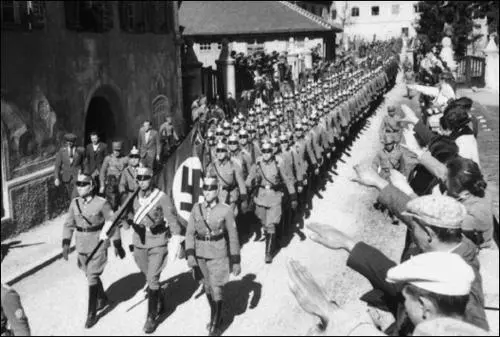
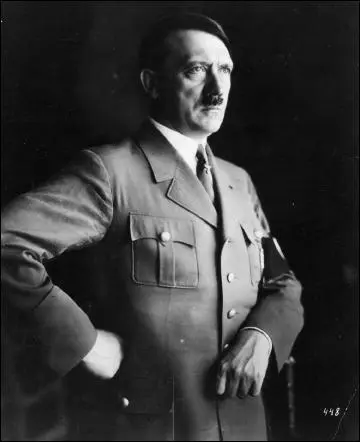
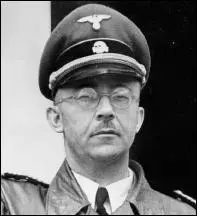
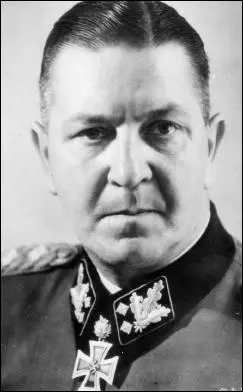
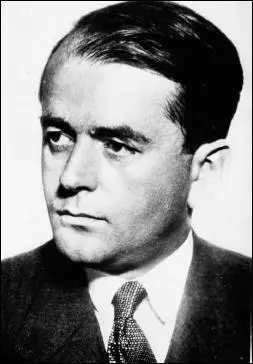
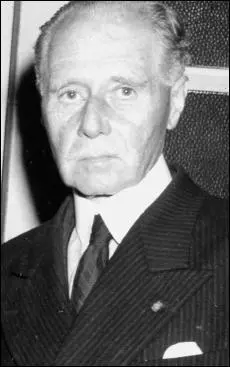
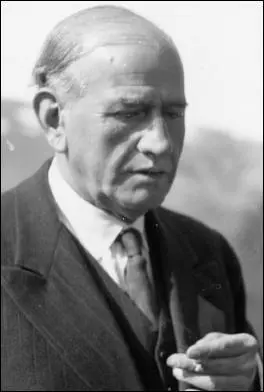

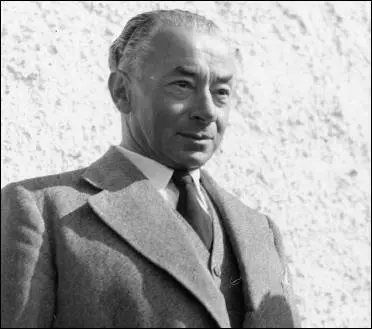


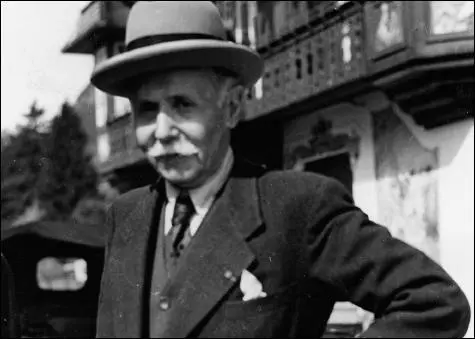
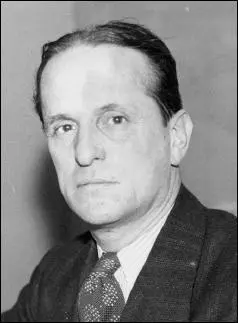
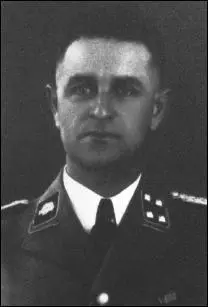
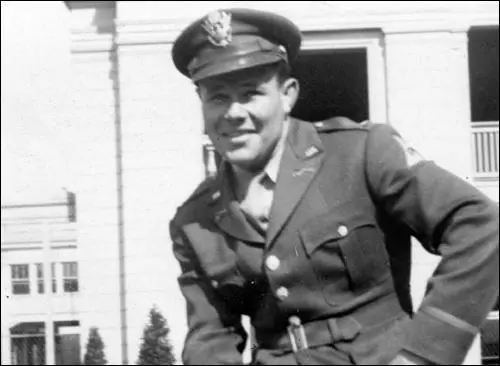

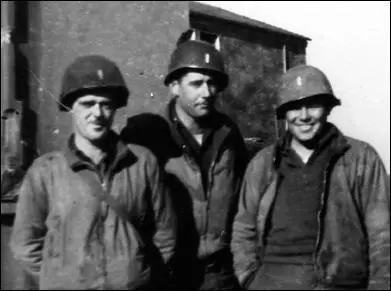
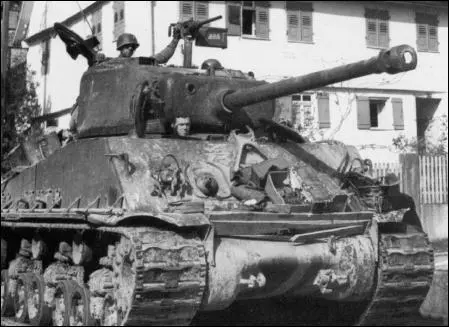

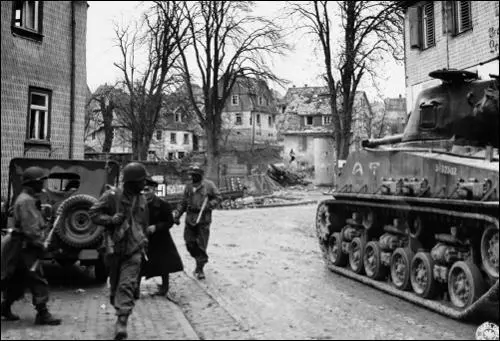
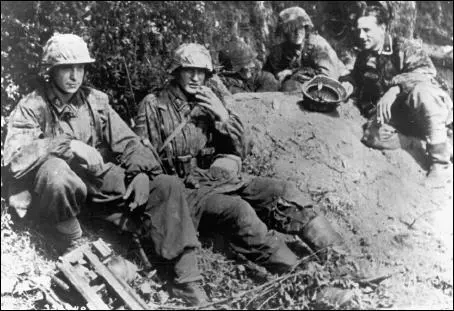

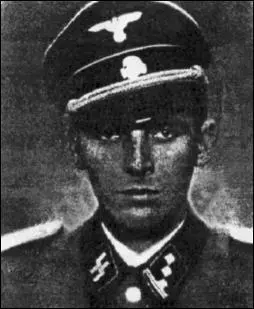
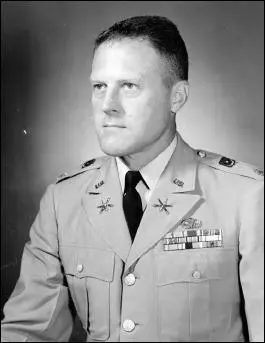
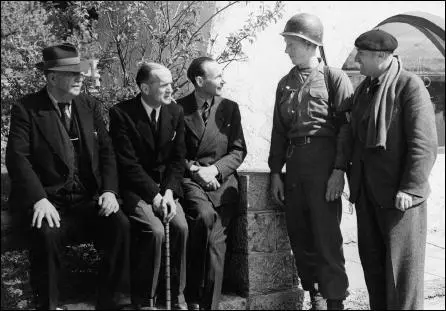
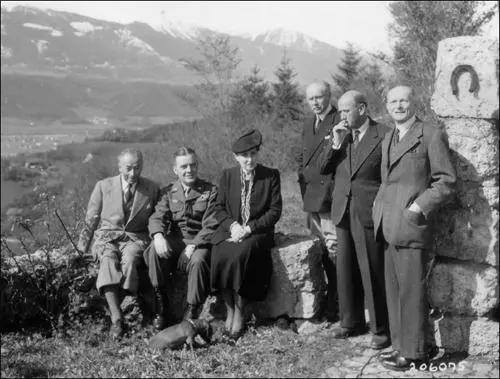
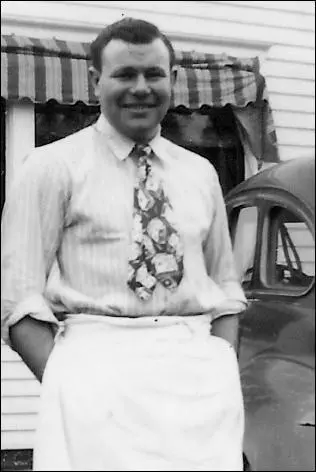
ACKNOWLEDGMENTS
Интервал:
Закладка:
Похожие книги на «The Last Battle»
Представляем Вашему вниманию похожие книги на «The Last Battle» списком для выбора. Мы отобрали схожую по названию и смыслу литературу в надежде предоставить читателям больше вариантов отыскать новые, интересные, ещё непрочитанные произведения.
Обсуждение, отзывы о книге «The Last Battle» и просто собственные мнения читателей. Оставьте ваши комментарии, напишите, что Вы думаете о произведении, его смысле или главных героях. Укажите что конкретно понравилось, а что нет, и почему Вы так считаете.












